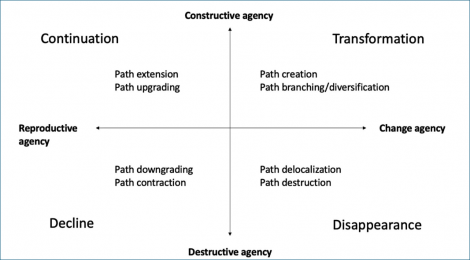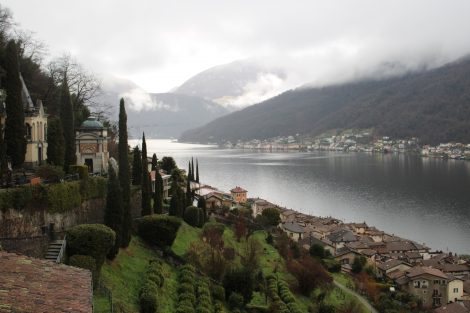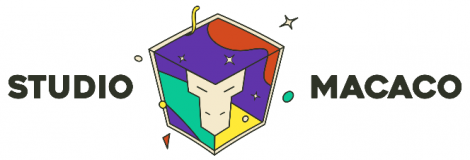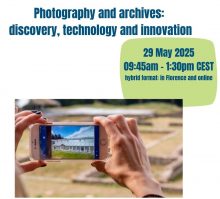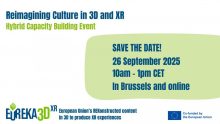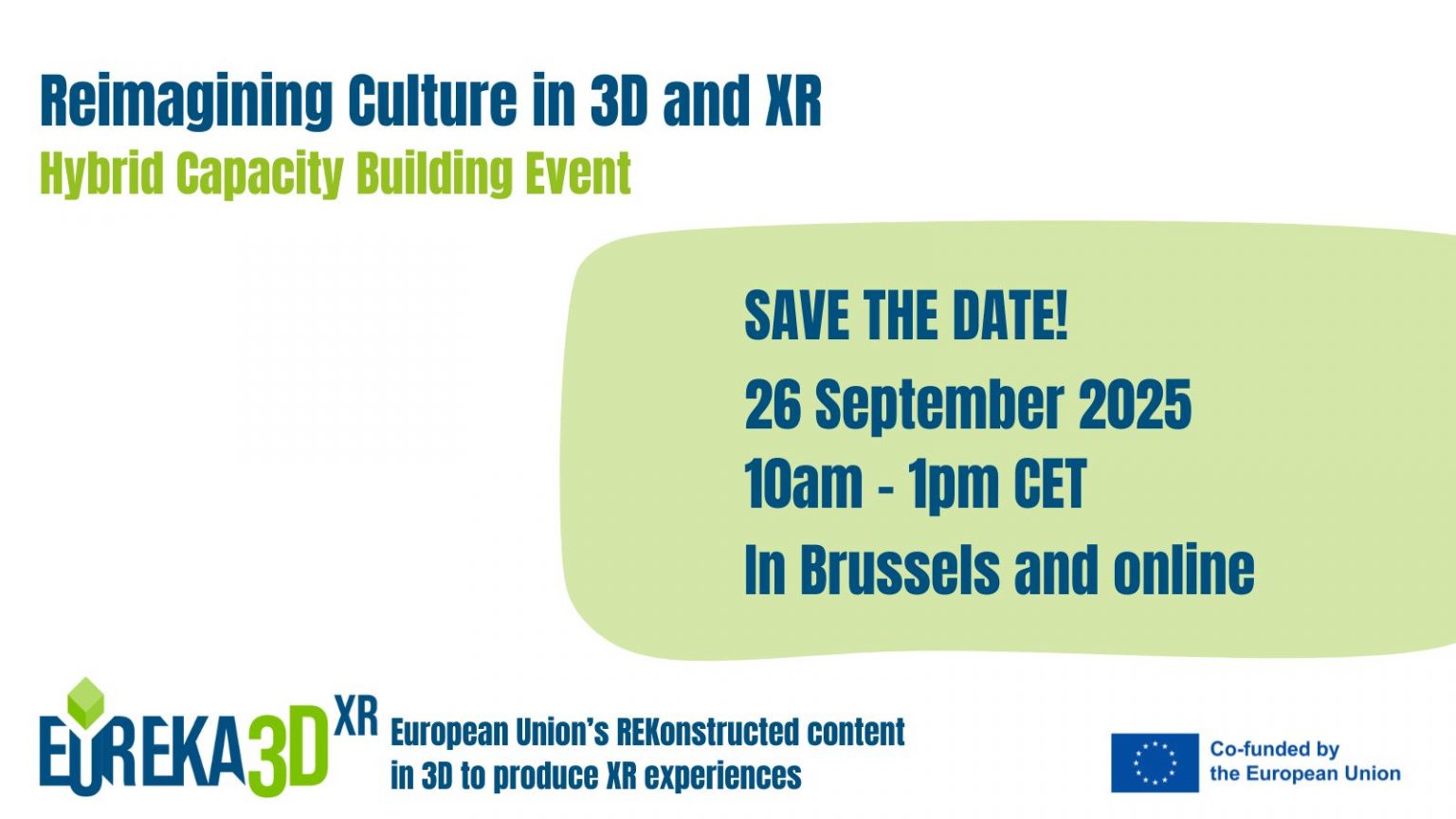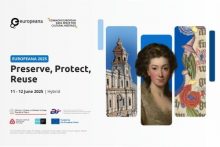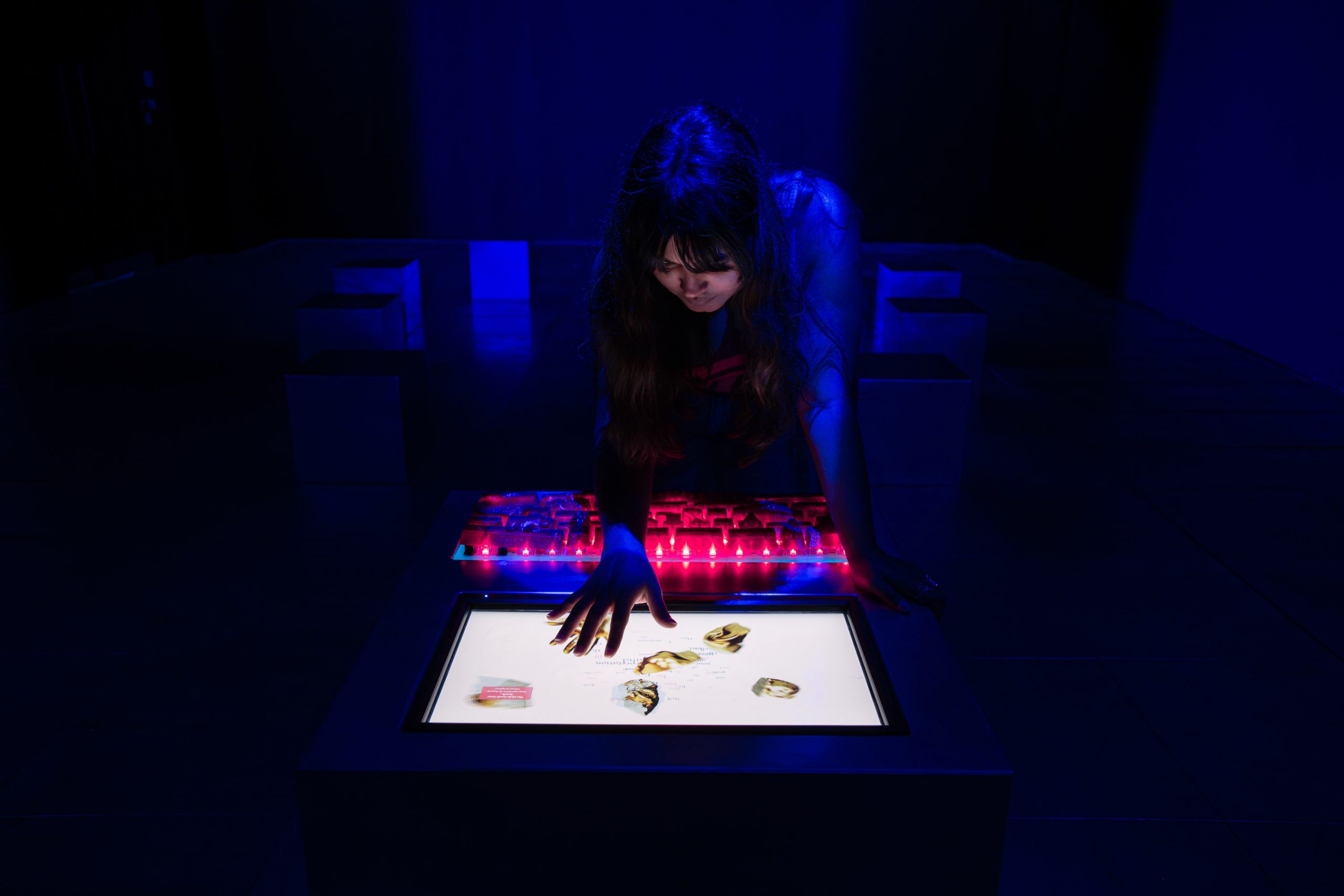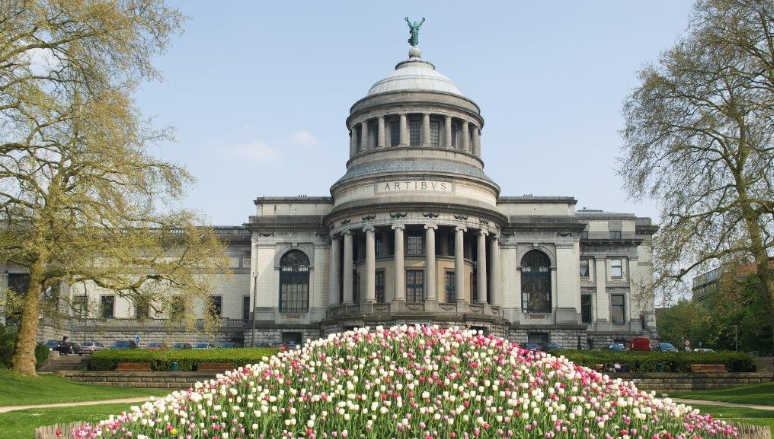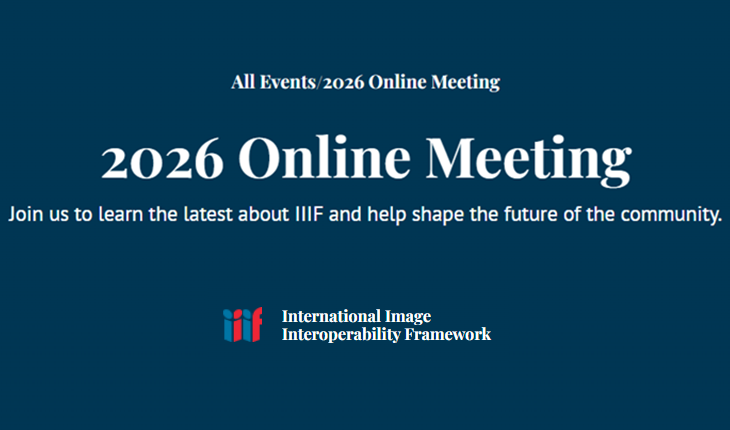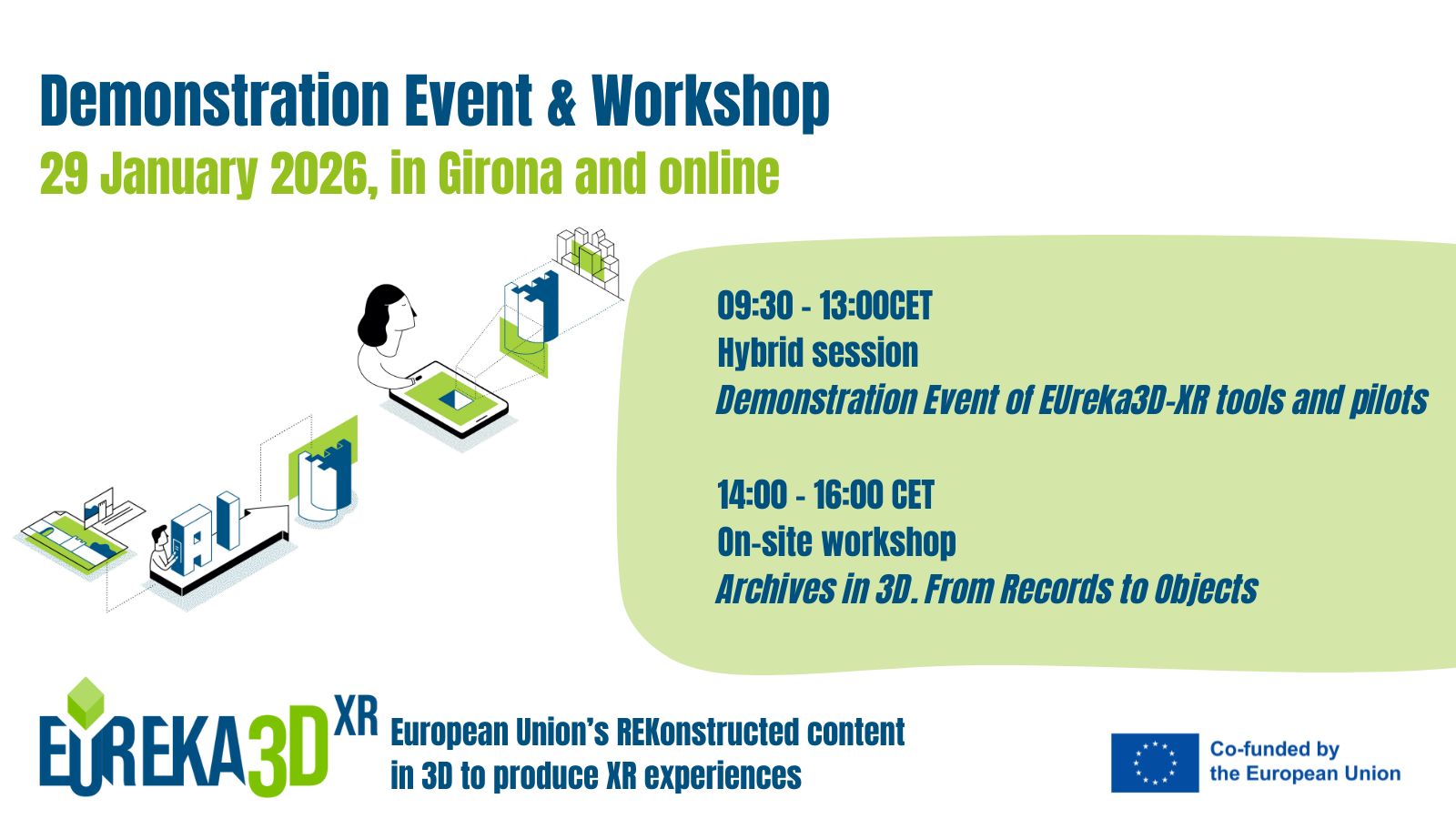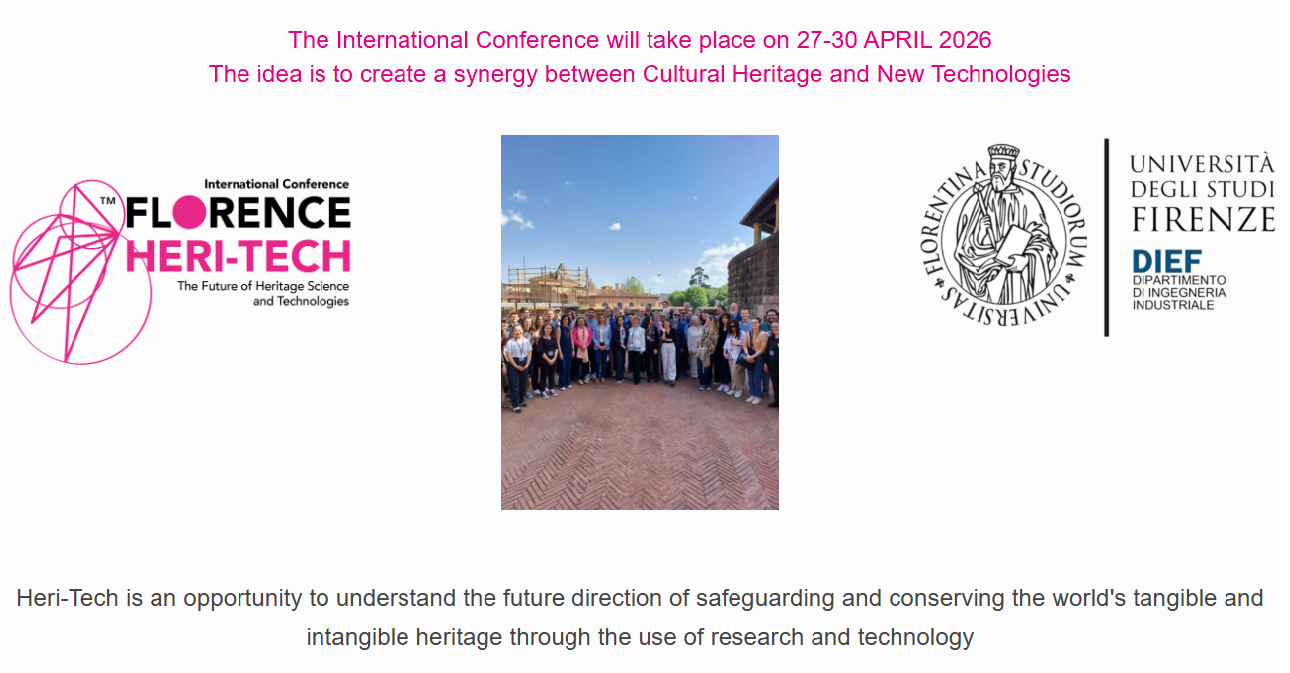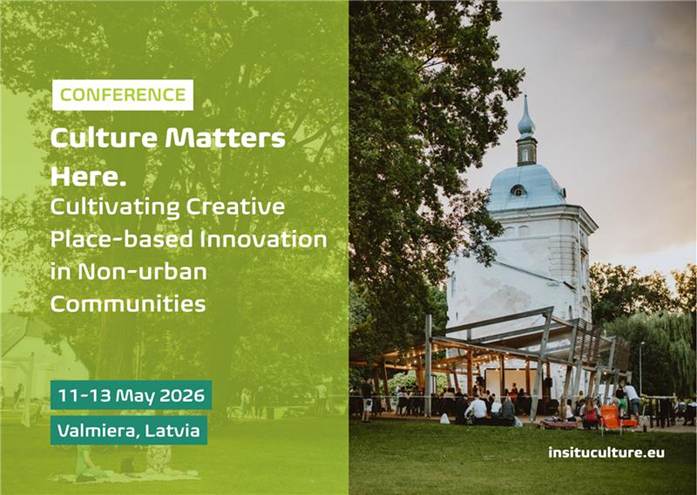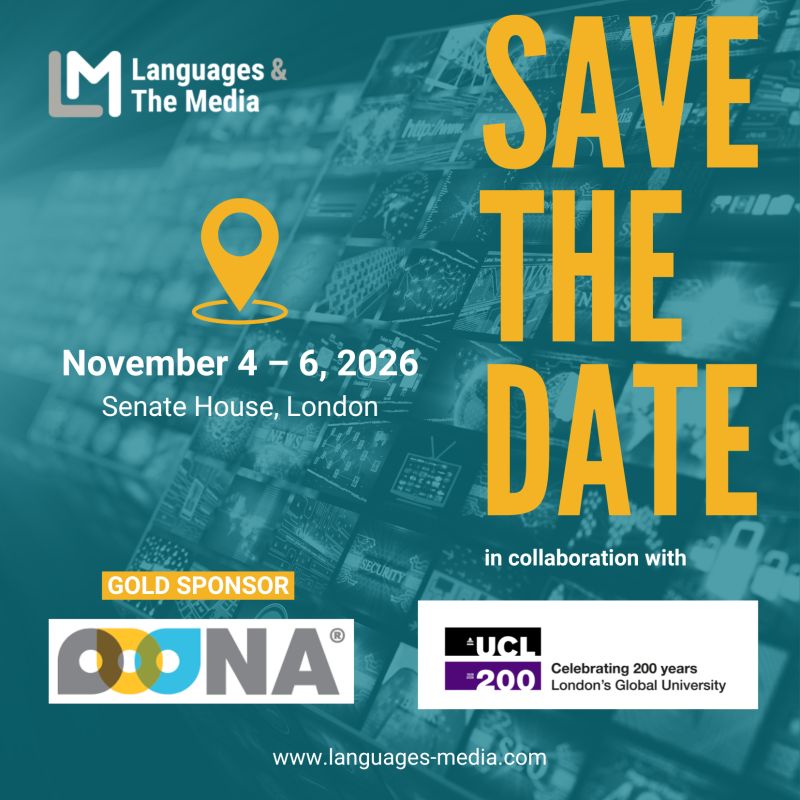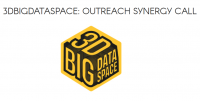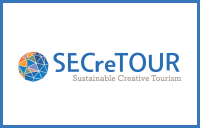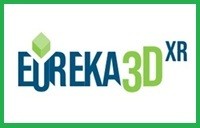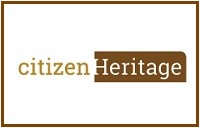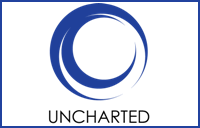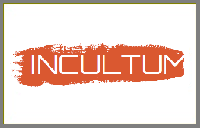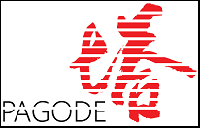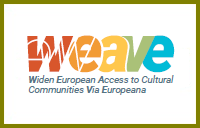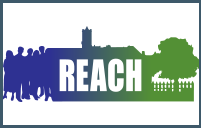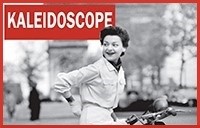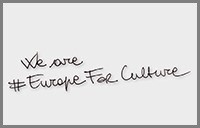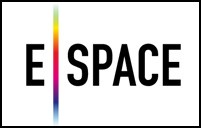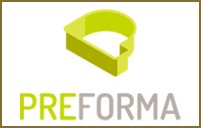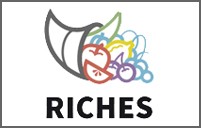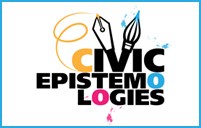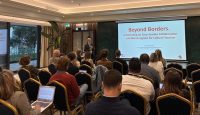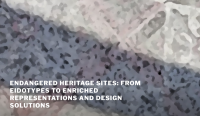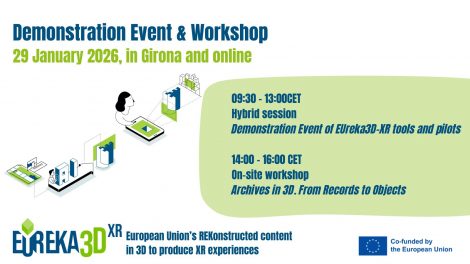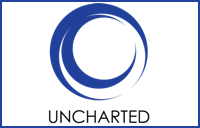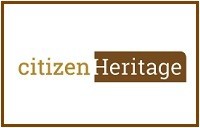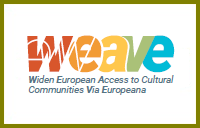![]()
The SECreTour Network is growing!
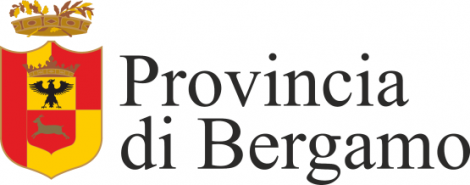
The Province of Bergamo is a supra-local public body, located in northern Italy. Its territory has an area of 2,722.86 km² with more than 1 Million inhabitants and it includes 243 municipalities. As an intermediate body between the Region and the municipalities, the Province has fundamental and delegated functions and is responsible for several sectors including environment, land management, culture, tourism, sports, social policies, equal opportunities, territorial development, education and vocational training.
The Province coordinates the THRIVE project funded by Creative Europe Program.
 THRIVE aims to enhance the appeal of rural areas by preserving and promoting endangered intangible cultural heritage. The project will create a territorial strategy to cultivate and retain talent in rural regions, fostering the empowerment and resilience of rural communities and bridging territorial imbalances, which are the cause of urban-rural divide.
THRIVE aims to enhance the appeal of rural areas by preserving and promoting endangered intangible cultural heritage. The project will create a territorial strategy to cultivate and retain talent in rural regions, fostering the empowerment and resilience of rural communities and bridging territorial imbalances, which are the cause of urban-rural divide.
The Province of Bergamo and its THRIVE project have a range of common aims with the SECreTour project, which will be at the basis of the envisaged future collaboration.
Follow SECreTour online also on the SECreTour project’s website.


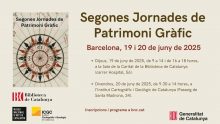
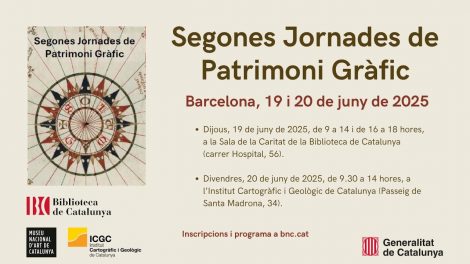

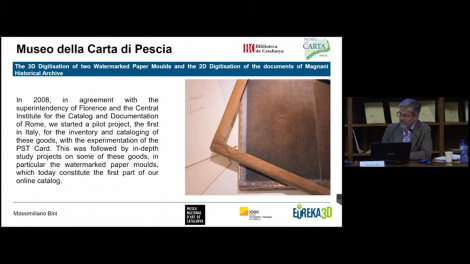
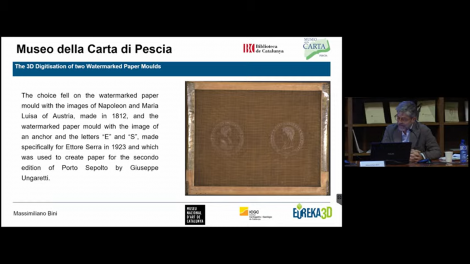
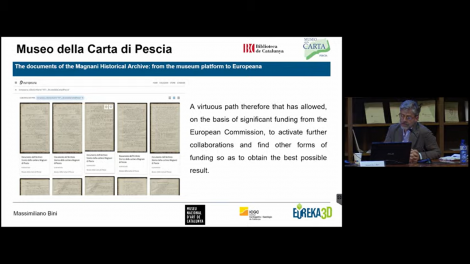
 A new interesting article is published by Laura James, Henrik Halkier and Heidi Vorre of Aalborg University, Denmark, the coordinator of
A new interesting article is published by Laura James, Henrik Halkier and Heidi Vorre of Aalborg University, Denmark, the coordinator of 